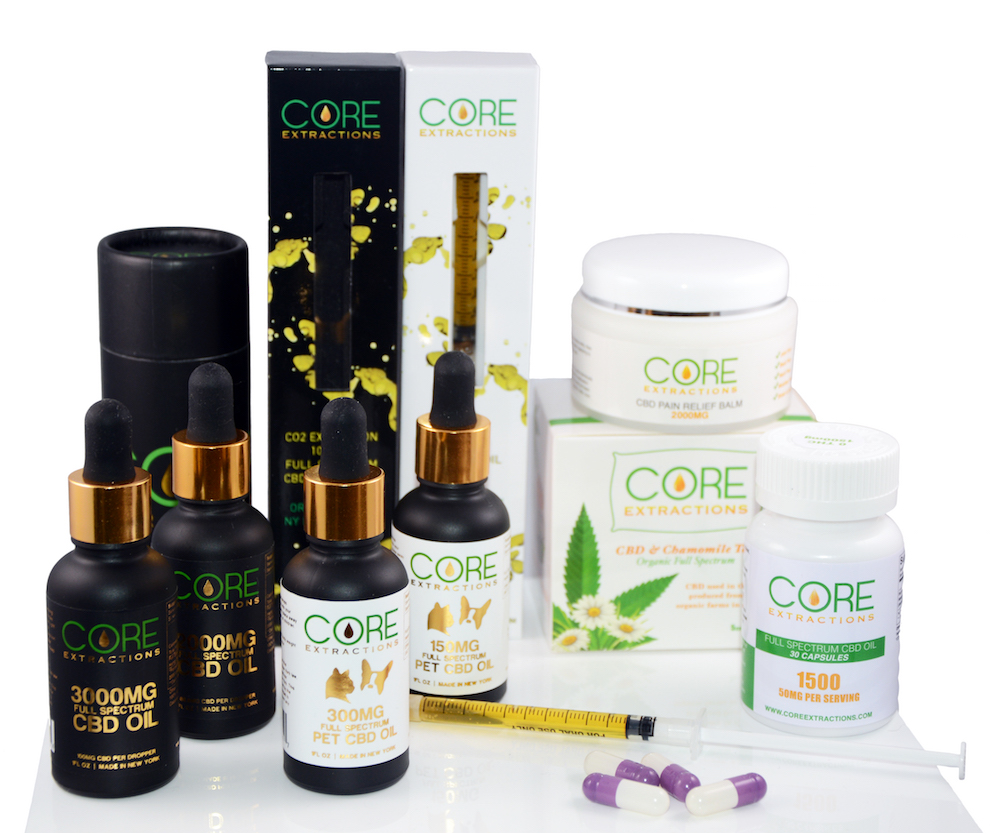What Are the Most Common Cannabinoids in Full Spectrum CBD Oil?
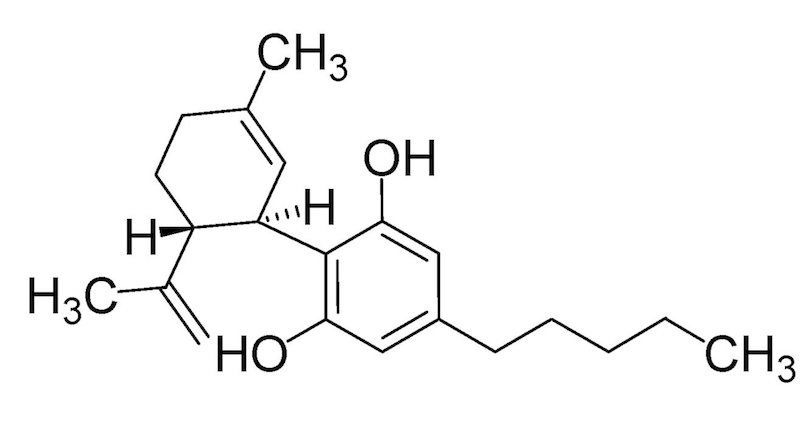
So you probably know by now that CBD Is just one of over 100 cannabinoids in the hemp plant that interacts with the human body. Full Spectrum CBD products are loaded with a multitude of cannabinoids, all presenting a variety of health benefits and effects. But do you know what each one does for the body? Wouldn’t it be cool to be able to read 3rd party lab results and be able to tell how a strand or product will make you feel just based on the cannabinoid profile?
Well this article will help you do just that! Each cannabinoid reacts and interacts with the body differently. So depending on what cannabinoids are dominant in your product, your results can vary greatly between CBD products.
This article will cover the most common cannabinoids that appear in CBD products, and what we know about them from the research we have. As more and more research becomes available, we’ll start to learn more about how these cannabinoids interact with each other and with your body.
First a quick cannabinoid lesson. Cannabinoids work by binding to receptors in the brain and throughout the body, causing different reactions as a result. The body has both CB1 receptors and CB2 receptors at many points throughout the body, and this is where the bodies endocannabinoid system is regulated.
D9-THC – Delta-9-Tetrahydrocannabinol –
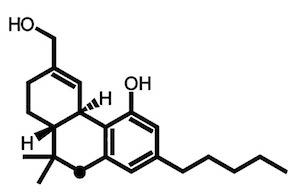
This is the psychoactive ingredient in cannabis. It produces a euphoric feeling, light-headedness, drowsiness, munchies, and at times paranoia and/or uncontrollable laughter. For CBD products to be legal to buy and use, this has to be below .3%.
THCV – Tetrahydrocannabivarin –

This is just a few atoms away from being the psychoactive form of THC. THCV does not exhibit any psychoactive properties at low doses, and can actually act as a munchie inhibitor in strains that have a higher THCV content. THCV has shown to demonstrate some psychoactive properties at higher doses. It has also shown to be effective at fighting tremors, panic attacks for PTSD victims, and stimulates growth in bone cells.
CBG – Cannabigerol
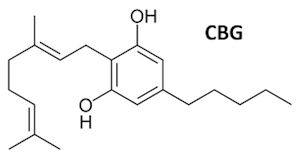
This cannabinoid has shown indication that it may be helpful in treating colitis, neurodegeneration, and cancer in rat studies. Research is limited on CBG at the moment, but scientists believe that it acts similar to CBD in that it activates the CB1 receptor in the brain, causing an increase appetite and reduced inflammation.
CBC – Cannabichromene
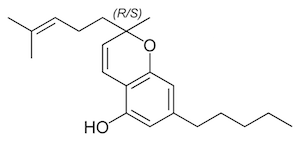
This is typically found in the cannabis plant at low doses similar to CBG. In the studies we have on CBC, it has shown early promise as being effective for inflammation and pain relief. It has also shown that it can promote good digestive health, and also regenerate brain cells which could potentially be helpful in the treatment dementia, Alzheimers, and multiple sclerosis.
CBN – Cannabinol

This is a slightly psychoactive cannabinoid found in small amounts in the cannabis plant. It has shown to promote feelings of relaxation in the user and could be explored as a possible sedative. Strains with higher CBN amounts will have a more relaxing or calming effect.
CBL – Cannabicyclol
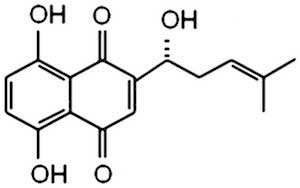
This cannabinoid is the degraded form of CBN. When CBN is activated by heat or UV rays, it can transform into CBL. This is one of the lesser studied cannabinoids due to it’s relatively low content in cannabis combined with a much more difficult extraction process. Recent studies has shown it may be effective at reducing inflammation and may even have tumor fighting properties, but it’s too early to tell at this juncture.
CBDV – Cannabidivarin –

This cannabinoid is very similar to CBD in both molecular makeup and effect on the end user. Although research is limited, CBDV has shown the most promise as an anti-convulsive. Epidiolex, the only patented and FDA approved CBD drug contains CBDV, and it’s used to treat two rare forms of epilepsy in kids.






